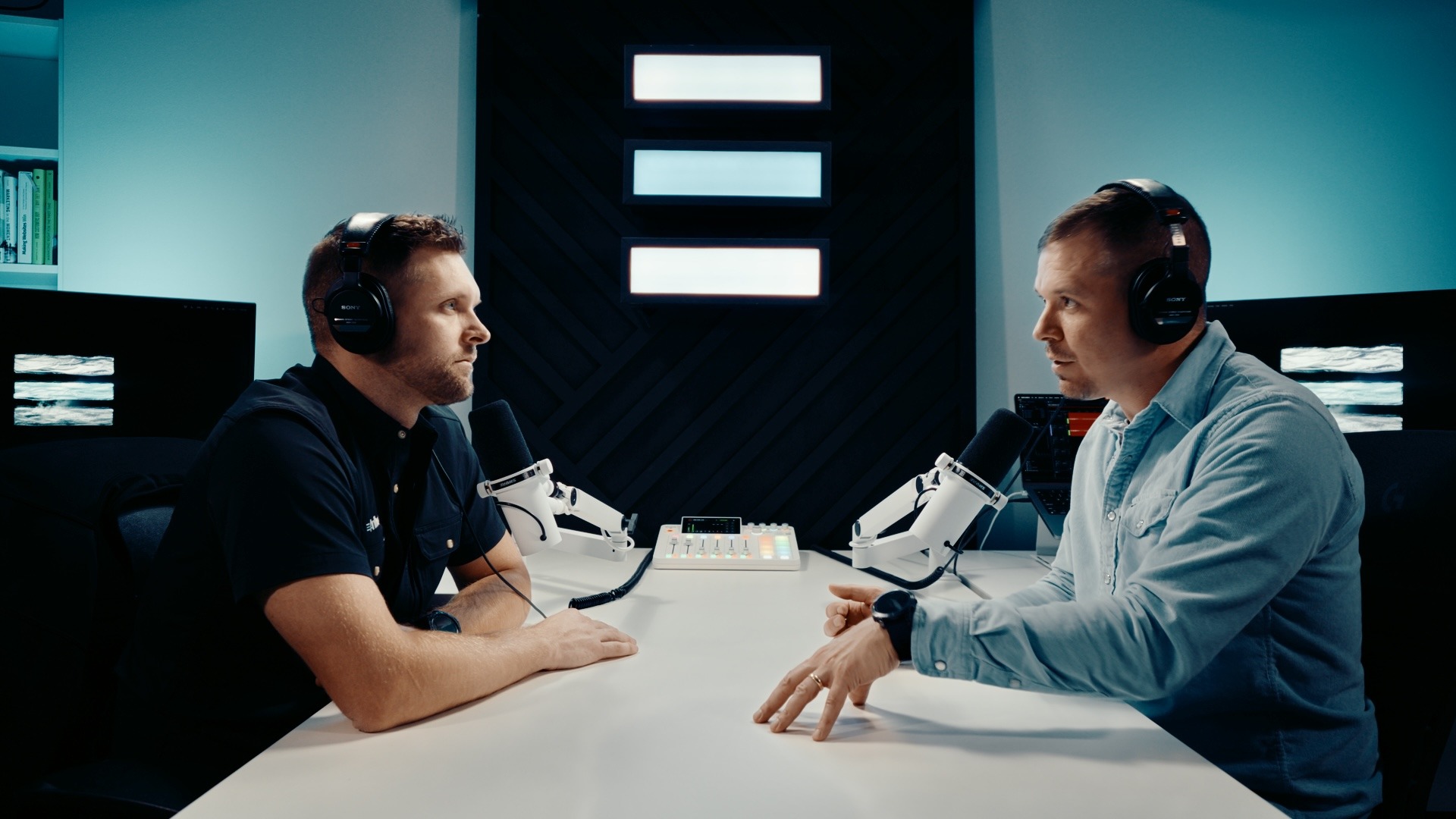How to Fix Sh*tty Testimonial Videos
Are you using testimonial videos to promote your business? Good, but there’s just one issue—if you’re like most brands, you’re probably doing it wrong.
Think about it: are your videos full of gushing praise...
- They’re great!
- I love what they did!
- I’ll never use another company again!
...And not much else? Then you’ve got a problem.
Nobody likes to hear they’re wrong. In fact, your hackles may be rising as you ask yourself, What’s so bad about compliments? Well, nothing...there’s nothing wrong with appreciation. Happy customers raving about you are great, but without context and a deeper dive, these fluffy words lack the impact you think they have.
The truth is that most testimonial videos out there suck. They sound contrived and more often than not come across as cheesy and lame. And that’s no way to connect with your target audience. You can do better than that! Lame, you are not. You have a great brand, so quit selling yourself short with videos that make you look mediocre.
If this sounds harsh, consider that it’s better to hear this from us than from your customers. Don’t waste time making excuses or feeling sorry for yourself. Jump into action instead and get on the road to better videos today.
Before we dig into what makes a great testimonial video, let’s first examine three flaws of testimonial videos.
The Top 3 Culprits of
Sh*tty Testimonial Videos
1. Glossing Over the Challenges Your Customer Faces
Too often, marketers tend to focus on what we do for customers. But, truthfully, it starts with the customer’s story and why they decided to seek a solution in the first place.This is where the challenges, or pain points, come in.
Above all else, the point of testimonials is to show your customers people like them, people who are struggling with similar issues that your customer faces. So when you don’t address the problem in your testimonial video, you lose out on a pivotal way to build a connection with your target audience.
Instead of just focusing on the happy ending, have your customers outline the specific issues they were having that made seeking you out a must. Your potential buyers will see themselves in your past customers, and this will provide the assurance they need to see that your company understands their needs.
2. Omitting Your Customer’s Evaluation Process
Skipping straight to the words of satisfied customers means your target audience won’t see why these raving customers ultimately decided on you. They hear that they’re happy and that they found a solution in you, but guess what? Your competitors probably have their own testimonial videos with customers saying these exact same things.
Don’t just do the bare minimum. Do better!
This step is important because it answers the crucial question: how is your company different, and how did these differences push your customer toward the finish line in choosing you?
3. Not Focusing on the Transformation That Occurred
Every great product or service experience creates a transformation in the customer’s life, moving them from where they are to where they want to be. The real story is not how much customers like your product or service—it’s in the way your solution improved their lives. Hearing this from customers gives your audience a satisfying experience, allowing them to envision the way their own lives could change.
This is also an opportunity to show how your company was not just AN option; you were THE option that enabled this transformation.
Our Videos Might Be Trash.
Now What?
So, now you know why your videos (probably) suck and what not to do. Yep, we just dumped a whole lotta negativity on you. It’s time to inject a little positivity. What SHOULD you be doing instead of churning out the same old crap?
Something much better: Create case study videos.
Case study videos are a more thorough and entirely more satisfying look at the customer experience. They allow you to dive deep into projects and craft a complete story, with the customers as the heroes your target audience can relate to.
Stories follow a natural progression, one that translates seamlessly into case study videos. If you’re unsure what this entails, below you’ll find a simplified breakdown that will lead to interesting and unique case study videos designed to catapult you above your competition.
You’ll need to start organizing well before shooting your videos, beginning with strategy, where you’ll develop questions that will help guide your customers’ responses—which will give you plenty of material for a fully fleshed-out story.
Develop a questionnaire with distinct sets of questions that fall under the following 5 categories to guide the flow of your video:
- 10% - Introduce who your customer is
- 25% - Discuss the challenges they had
- 30% - Show the process: where they looked for information, how they evaluated their options, and how they decided you were the winner
- 30% - Unveil the transformation: what’s better about the customer’s life? What are the results?
- 5% - Conclude the story
Each of these elements builds a foundation for the next: Understanding who they are will help us envision their challenges. Knowing their background and why they struggle will give us insight into their decision-making process, and showing the distinct reasons a customer chose your company adds social proof with important context.
Now that your audience has the complete picture, they’re invested in your customer’s story and can truly see why their life is now transformed.
Ready to try your hand at case study videos? Let's chat and get you on the road to better results today!
You May Also Like
These Related Stories

How to Develop the Perfect Story for Your Video

Why Your B2B Company Should Start a Video Podcast (Even If No One Listens to It)



No Comments Yet
Let us know what you think